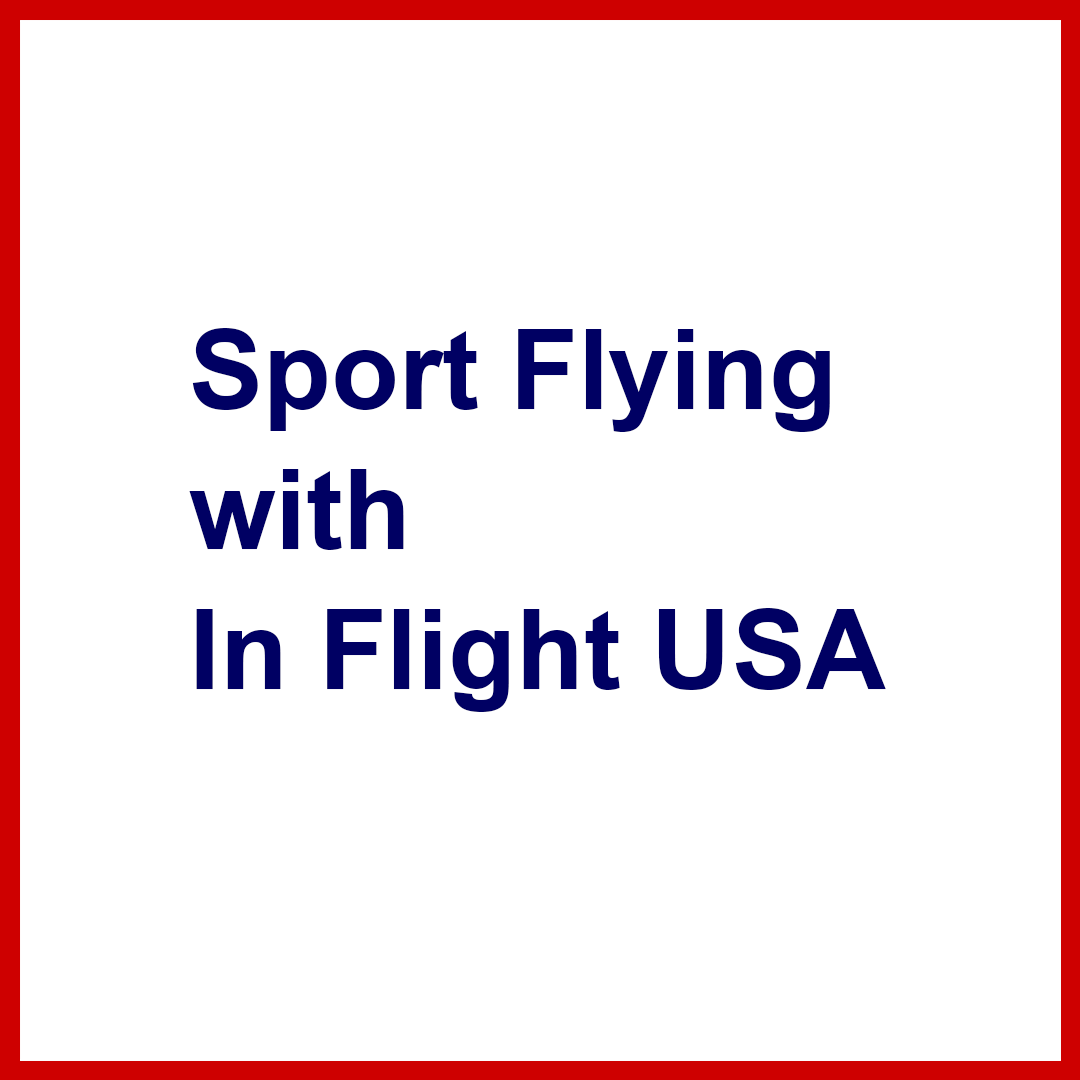In Flight USA Article Categories
In Flight USA Articles
Mister Mulligan: Golden Age Race Winner with a Fine Irish Name
By Alan Smith
 Benny Howard’s Mister Mulligan, 1935 winner of both Bendix and Thompson trophies. (San Diego Air & Space Museum)As air racing’s Golden Age of the 1930s went on, the design of new racers continued to lead advancement in both military and civil aviation. In 1935, Benny Howard’s high wing monoplane Mister Mulligan was a classic example of this. With Gordon Israel as co-pilot, Howard won the cross country Bendix from the west coast to Cleveland and then with Harold Neumann as pilot, Mulligan went on to win the Thompson Trophy. The Bendix trophy was won partly because Howard and Israel used on-board oxygen for the first time and stayed above the weather. The oxygen system was another racing innovation passed on to other designers in the military and civil aviation world.
Benny Howard’s Mister Mulligan, 1935 winner of both Bendix and Thompson trophies. (San Diego Air & Space Museum)As air racing’s Golden Age of the 1930s went on, the design of new racers continued to lead advancement in both military and civil aviation. In 1935, Benny Howard’s high wing monoplane Mister Mulligan was a classic example of this. With Gordon Israel as co-pilot, Howard won the cross country Bendix from the west coast to Cleveland and then with Harold Neumann as pilot, Mulligan went on to win the Thompson Trophy. The Bendix trophy was won partly because Howard and Israel used on-board oxygen for the first time and stayed above the weather. The oxygen system was another racing innovation passed on to other designers in the military and civil aviation world.
1935 was really Benny Howard’s year of triumph. Not only did Mulligan win both the Bendix and the Thompson, but Neumann also won the Greve Trophy in Howard’s little Mike racer.
Steve Wittman: Air Racing's Greatest Legend
By Alan Smith
 On April 5, 1904 when the powered airplane was less than four months old, Steve Wittman was born in the second floor living quarters of the Soo Line railroad depot in Byron, Wisconsin. His given name was Sylvester Joseph Wittman, but an early aviation journalist, reporting on an air race, assumed the “S” in S. J. Wittman meant Steve and published that. The name stayed with him for the rest of his life.
On April 5, 1904 when the powered airplane was less than four months old, Steve Wittman was born in the second floor living quarters of the Soo Line railroad depot in Byron, Wisconsin. His given name was Sylvester Joseph Wittman, but an early aviation journalist, reporting on an air race, assumed the “S” in S. J. Wittman meant Steve and published that. The name stayed with him for the rest of his life.
While still an infant, he was diagnosed with a herpes-zosta infection in one eye. The disease resulted in permanent damage to the eye and although his interest in  Chief Oshkosh in the dirt at Los Angeles in 1936. (Photos courtesy of James A. Viet)airplanes and the new field of aviation began very early, he was afraid he couldn’t be a pilot and first turned his studies toward aeronautical engineering. Then he gave in to his curiosity about flying and was able to solo in 1924 after eight hours of dual in a Standard J-1 biplane. A few days later, he gave his sister a ride in the Standard (things were a little looser back then – the FAA and its many rules was years away). Concerned about his bad eye, he found out that an aviation medical examiner could give him a waiver if he could pass a series of tests. He accomplished this and got a medical certificate and a license signed by Orville Wright.
Chief Oshkosh in the dirt at Los Angeles in 1936. (Photos courtesy of James A. Viet)airplanes and the new field of aviation began very early, he was afraid he couldn’t be a pilot and first turned his studies toward aeronautical engineering. Then he gave in to his curiosity about flying and was able to solo in 1924 after eight hours of dual in a Standard J-1 biplane. A few days later, he gave his sister a ride in the Standard (things were a little looser back then – the FAA and its many rules was years away). Concerned about his bad eye, he found out that an aviation medical examiner could give him a waiver if he could pass a series of tests. He accomplished this and got a medical certificate and a license signed by Orville Wright.















